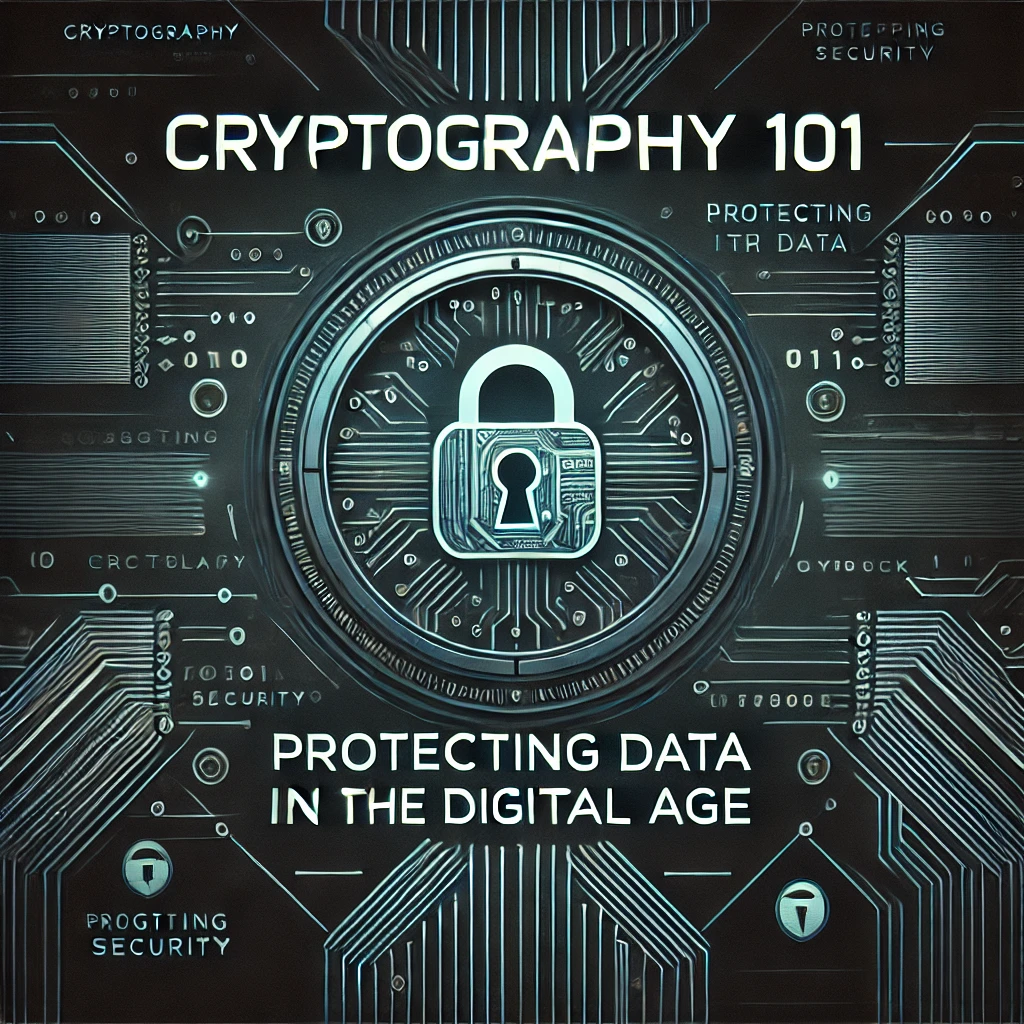In today’s connected world, where data flows freely across networks and continents, security has become a primary concern. Cryptography, the art of encrypting and securing information, stands at the forefront of this digital defense. Whether you’re shopping online, sending a private message, or protecting sensitive business data, cryptography is a powerful ally that keeps information safe. But what exactly is cryptography, and how does it work? Let’s dive into the essentials of this fascinating field.
Cryptography Basics
1. What is Cryptography?
Cryptography is a method of protecting data by transforming it into an unreadable format, only accessible by those who have a secret key. It dates back thousands of years, with ancient Egyptians and Romans using simple forms to keep messages secret. In today’s world, cryptography has become more advanced, protecting digital information through complex mathematical algorithms.
There are two main types of cryptography:
- Symmetric Cryptography: Here, the same key is used to both encrypt and decrypt the data. It’s fast and efficient but requires that the key remains a secret between parties.
- Asymmetric Cryptography: This uses a pair of keys — a public key for encryption and a private key for decryption. It’s more secure for communication between strangers, as the private key is never shared.
2. How Does Cryptography Work?
At its core, cryptography uses mathematical algorithms to scramble information into a format called ciphertext. This ciphertext is unreadable until it’s decrypted with a specific key.
Key Algorithms in Cryptography:
- AES (Advanced Encryption Standard): A popular symmetric encryption algorithm widely used in government and business applications.
- RSA (Rivest-Shamir-Adleman): An asymmetric algorithm used in secure web transactions and other sensitive exchanges.
- SHA (Secure Hash Algorithm): SHA creates a unique hash of the data, which is nearly impossible to reverse. It’s commonly used for digital signatures and data integrity.
3. The Importance of Cryptography Basics in Cybersecurity
Cryptography plays a crucial role in protecting sensitive data from cyber threats. Here’s how it helps:
- Privacy: Only authorized parties can access encrypted information.
- Authentication: Cryptographic methods ensure that data originates from a verified source, helping to prevent identity theft and fraud.
- Integrity: Data is safeguarded from tampering, ensuring that the original information is intact.
- Non-repudiation: A sender cannot deny sending a message if it’s digitally signed, establishing a sense of accountability.
4. Applications of Cryptography
Cryptography isn’t limited to just banks and governments. It’s embedded in many aspects of daily life:
- Messaging Apps: Apps like WhatsApp and Signal use end-to-end encryption to protect your conversations.
- E-commerce: Encryption protocols secure online transactions, ensuring that your credit card details and personal information remain confidential.
- Virtual Private Networks (VPNs): VPNs encrypt your internet traffic, making it difficult for hackers to intercept and track your online activities.
- Blockchain and Cryptocurrencies: Blockchain technology, which powers Bitcoin and other cryptocurrencies, uses cryptographic principles to secure transactions.
5. The Future of Cryptography: Quantum Computing and New Challenges
While cryptography is powerful, emerging technologies like quantum computing may challenge its effectiveness. Quantum computers are theoretically capable of breaking today’s encryption in record time. This has spurred the development of post-quantum cryptography, a new generation of algorithms designed to withstand quantum attacks.
6. Cryptography Basicsfor Everyone: Staying Secure
For everyday users, adopting cryptography doesn’t require in-depth knowledge. Here are simple practices to help secure your data:
- Use strong, unique passwords and enable two-factor authentication.
- Encrypt sensitive files on your computer or cloud storage.
- Update your software regularly to benefit from the latest security protocols.
- Use encrypted communication tools, like secure messaging apps, for privacy.
Final Thoughts
Cryptography is a cornerstone of modern security, protecting our personal information, finances, and business transactions. Understanding the basics of cryptography not only empowers individuals but also enables organizations to protect their data effectively. As technology evolves, so will cryptography, staying one step ahead of those who seek to misuse information.
By embracing cryptographic practices, we can navigate the digital world with a greater sense of safety and privacy. Remember, in the digital age, knowledge is your first line of defense!


